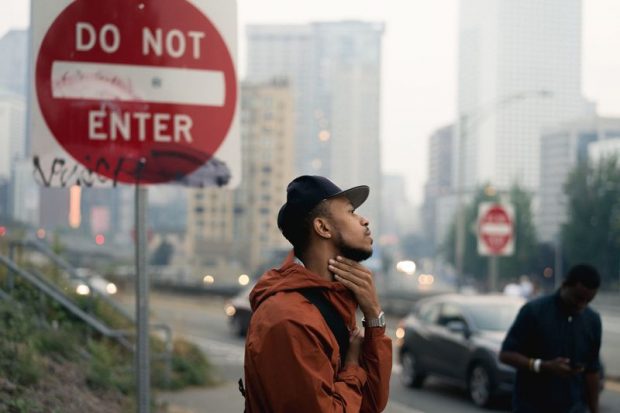Some Known Questions About Framing Streets.
Table of ContentsFraming Streets Can Be Fun For AnyoneThe Best Strategy To Use For Framing StreetsFraming Streets Things To Know Before You BuyThe Basic Principles Of Framing Streets

Both at the Gallery of Modern Art (Mo, MA).
Road digital photography is a large category that can be defined in lots of means, but it is typically characterized by the spontaneous capturing of an unrepeatable, fleeting moment, commonly of the day-to-day going-ons of strangers. It is characteristically fired with larger angle lenses (e. g. 35mm) and generally includes urban settings.
The Buzz on Framing Streets
Docudrama photographers typically have a specified, conscious message and a purpose to tape specific occasions in background (https://www.awwwards.com/framingstreets1/). The gamut of the documentary strategy incorporates facets of journalism, art, education and learning, sociology and history. In social examination, documentary photos are commonly meant to prompt, or to highlight the requirement for, societal change
Street digital photography is usually viewed as unposed and honest, yet there are a few road professional photographers who interact with strangers on the roads and take their pictures. Road portraits are unintended pictures taken of unfamiliar people while out doing street photography, nevertheless they are seen as posed due to the fact that there is communication with the subject.
e. 'candid photography' by definition) for fine art purposes has been controversial. Photographing people and places in public is lawful in most countries safeguarding freedom of expression and journalistic liberty. There are normally limitations on how photos of people may be utilized and most countries have certain legislations concerning individuals's privacy.
The 2-Minute Rule for Framing Streets
While the common-law provinces adhere to the UK, relative to the freedom to take images in a public area, Quebec regulation offers that, in the majority of situations, their publication can happen only with the authorization of the topics therein. The European Union's Civil rights Act 1998, which all EU countries have to promote in their residential regulation, establishes in a right to privacy. The right to personal privacy is shielded by Article 8 of the convention. In the context of photography, it stands at odds to the Short article 10 right of civil liberty. Thus, courts will generally consider the public passion in balancing the rights via the lawful examination of symmetry. While also limiting digital photography in order to protect personal privacy civil liberties, road digital photography can still be legal in France when pursued as an art form under certain situations.
. who simply wandered right into a scene), or who are not even identifiable in the image. https://experiment.com/users/framingstreets1. It additionally does not normally include people that are public numbers (e. g - copyright a9iii. political leaders or stars). If a picture is taken into consideration art, the courts will certainly additionally think about the photographer's freedom of imaginative expression; suggesting that "artistic" road photography can still be legitimately published in specific situations
Unknown Facts About Framing Streets
In Greece the right to take pictures and release them or offer licensing legal rights over them as art or editorial web content is shielded by the Constitution of Greece (Short article 14 and various other write-ups) and complimentary speech regulations along with by case law and legal cases. Photographing the authorities and releasing the photos is also lawful.
In Hungary, from 15 March 2014 any person taking photos is technically breaking the regulation if a person wanders into shot, under a brand-new civil code that bans taking pictures without the permission of everyone in the photo - vivian maier. This broadens the law on grant consist of the taking of photographs, along with their publication
'Concealed photography' (kakushidori concealed, surreptitious digital photography) 'stolen digital photography' (nusumitori with no intention of obtaining consent) and "quick digital photography' (hayayori prior to consent and refusal can be provided) are restricted unless in the previous approval is gotten from the subject quickly after taking the image. People have rights to their photos (shzken, droit de image).